OCREC AG35-39 15K – Gydnia, Poland.
On Thursday I boarded a flight bound for Poland to take part in my fourth OCR European Championships and the Age Group 35-39 15K race. A delay gave me some time to tune into the great open ceremony live feed with a recap film of previous events (below) getting me buzzing and excited to test myself once again.
The Euros has always been one of my favourite races in the season where I’ve been able to attempt to overcome the adversity of a challenging, technical and brutal course. Positively I’ve never lost “the band” on the OCREC 15K… however I’ve also never been able to finish the Euros without a number of obstacle retries. This year I knew that if I could complete the course without error I would stand a great chance of being on the podium and so it would prove.
The start line was broken up into “micro-waves” of around 30 people with 4 or 5 of these waves in my race. I appreciate issues with course logistics, but in my opinion the 15K should always be based on gun time and not a time trial. I was fortunate enough to go in the first wave and went off like a rocket to avoid any queuing on the over-under and a-frame that were 200-300 metres from the start. The strategy worked and I was quickly able to gain a lead versus those in my wave.
I already knew this was going to be a challenging race on the arms and grip…. even the monkey bars, obstacle number 6, were double the length of most races. By this time I had caught up with the previous AG30-34 wave and started to make my way through the field. It’s tricky running an Age Group race like this as you need to remind yourself you are not running against them and slow your pace too much, especially on the hills. At the next obstacle I made my first mistake, I went through on the Ninja Steps too low (Jumpery) and slipped off having to repeat. I lost 10-15 seconds but I remained in first. Next came the first Barbarian Race obstacle, Combo #1, a fun rig with a horizontal bar, wheels and rings. This was one of many, many rigs. I was soon at the bag carry. The carry itself was pretty light, but it was a steep climb and perhaps 500-750 metres long. It was one of only two carries – would have loved to have seen a few more, but maybe a blessing in the blistering heat.
Next I was up a tricky and fun little obstacle called Pole Dance by Runmageddon where you climbed two diagonal metal poles before descending a fireman’s pole. Then I quickly hit my first queue at North Pole by Biegun OCR. I do appreciate that it’s a young sport, and it didn’t impact my placing, but when you are less than 30 minutes into a championship race and you have to wait for 7-8 minutes in a queue to start an obstacle it’s very frustrating. The policy on the obstacle was not to give way to front runners, but it’s very difficult to manage and unless I spotted them… 2nd and 3rd would have easily sneaked past me.
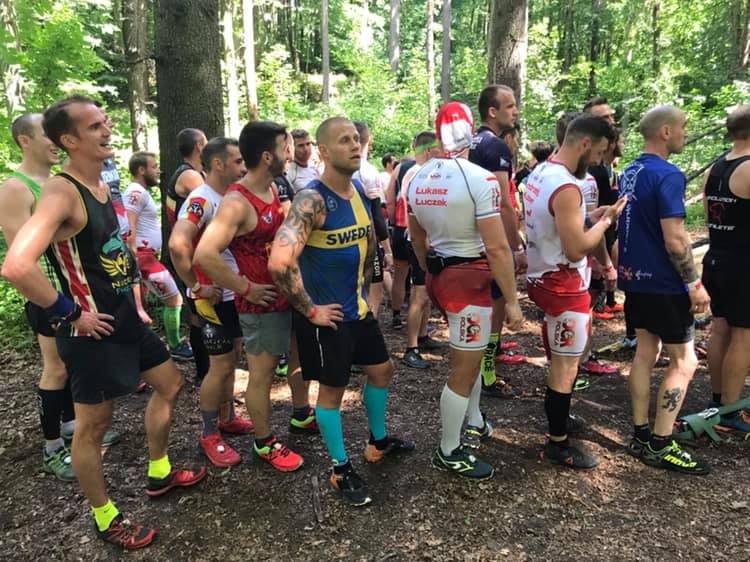
North Pole was an awesome obstacle, but I don’t think it would make or break the race if it was removed or modified so you simply started at the anchors. Simple maths would dictate that if it’s taking 15-45 seconds for each person to get up the rope and under the net to start on the anchors then if you only have four ‘fast’ lanes then queues are going to build up pretty quickly. I’m sure there is a way RDs can calculate this to avoid queues in the future, removing obstacles when appropriate. If there were 50+ vs. 60+ obstacles then the OCR European Championship would still be an epic race.
Despite the queues I was pretty confident I was still in first at this point. Going through the next five or six obstacles one runner joined me and started to pace with me… it seemed strange that it would be an AG30-34 runner so at obstacle 26 the Snake/Weaver I asked him “Tommy what age group are you in?”…. response… “Yours”. The race was on!
The Bison Race obstacle called Heads (similar to Skull Valley) had caught out people on the short course the day before due to the transition on the netting to the second set of bison heads, but in the 15K you only had to get to the end of the net, so it didn’t pose any challenges. Tommy Madsen and I were running pretty neck and neck at this point and we headed back into the stadium to complete Maze/Raptoring (which I loved doing) and the High to Low Rig.
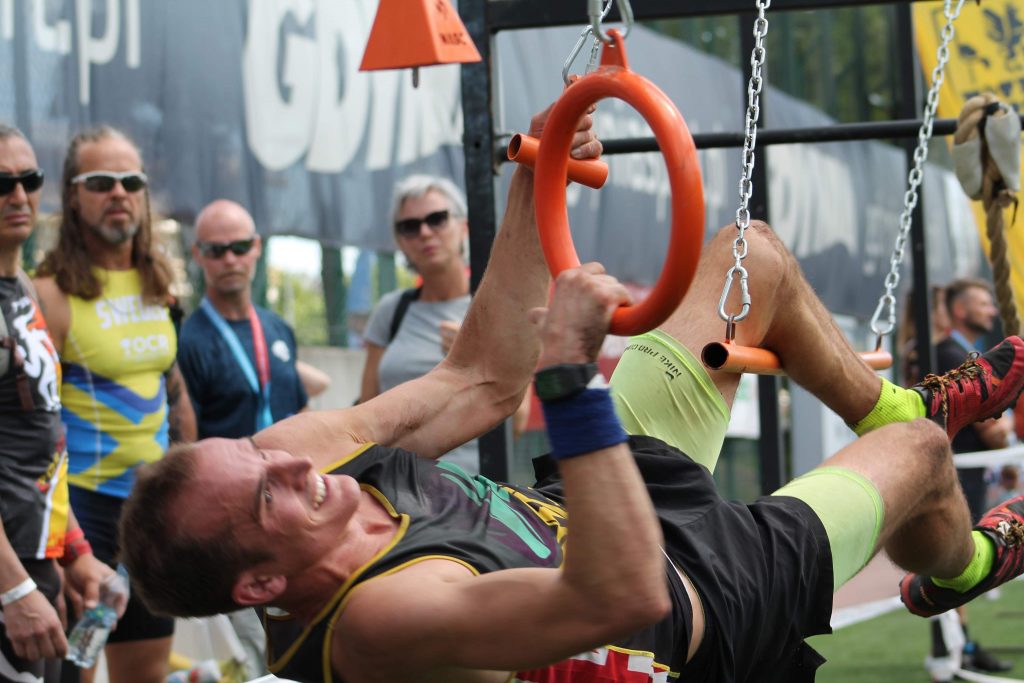
Back into woods and trails we approached our second obstacle queue at Destiny – High to Low, marginally still in first we had the same issue of no ceding to front runners. Tommy had managed to get closer to the front, so it only felt fair to match him given I arrived there first. Apologies to the other runners already there for pushing further to the front, I feel bad now, but in race mode I wasn’t going to give my competitor an advantage. It was a cool little rig and wasn’t really a problem, but I did feel the pressure with a few shouts of ‘don’t fail’ from behind. Next on to a tricky but doable low rig were Tommy and I both had to contend with another queue.
From here we went into the forest and some great running sections, while there was some respite from the sun, the hills felt endless and Tommy was starting to get a 30-45 second lead on me. My legs just didn’t seem to want to move the way they usually do. The only tricky obstacle was one called Snails that was a bit like Spartan’s Twister obstacle. I was OK going across but I was trying to complete it like I do at Spartan Races, however the bars didn’t move in quite the same way so it almost caught me out. I kept trying to push on the running as best I could while trying to work out if it was the heat or my fitness that was slowing me down. As we got to the start of the 1K sprint section at 9K I downed a gel a little earlier than usual in a race. The 1K sprint was a separately timed race, I’m not sure there was much point in having it if I’m honest, I don’t think anyone would sacrifice their overall race to win this section, but it was useful to know how far in I was and also to try and push the running in a section with no obstacles to gain more time. It was directly in the sun, but I ran hard to try and catch 1st place.
At the next obstacle I was only 10-15 seconds behind and we started Captain Hook, an obstacle like the OCR World Champs obstacle Skitch. The queue was to my advantage here as we started our attempt almost at the same time. You were low to the ground so had to tuck in your legs and it required four hook lifts off the bar versus the usual two. The first time we both failed about half way across. We then both failed our second retry… I got very close but I rushed the last transition. On his third attempt Tommy was able to get across and thankfully so did I a minute or so behind.
We had both lost valuable time, but I’m pretty sure despite losing 3-4 minutes I was still near the front. Indeed, I soon caught up with Aliaksandr Krauchanka from Belarus who I knew was in my wave. We went through a number of obstacles together where I would pull away on the running, but he would close the gap on the obstacles. These included a Stairway to Heaven, rope traverse, long dip walk obstacle and then an obstacle that ended with spinning nunchucks called Plank Plus Madman (with more, albeit shorter, queuing). Later I found out that this obstacle had been a bit of band taker, but I felt strong going across (clearly the gel I had taken had kicked in). This was helpful as the next obstacle was the salmon ladder. Thankfully this presented no problems and I regained first as Tommy Madsen was retrying.
Three or four more grip obstacles came and went, and I was feeling strong as we approached the final obstacles of the race. I was pretty sure I was in first and had lost Aliaksandr behind me. After a long multirig that was possible to navigate with just the rings I then approached an obstacle called Mill Plus Flying Monkey. This started with a wheel that you went across almost like a hamster wheel and then two flying monkeys before ringing the bell. Hindsight is a wonderful thing, but I was in full race mode and jumped straight on going from the wheel to the bars to attempt the flying monkeys. However, disaster struck, and I couldn’t grip the second bar as I tried to grab it. I had felt like this before, in such a grip heavy race, not only is grip strength important but also grip endurance and mine had gone. With only four obstacles left to complete and 400 metres from the finish, my race was done, and it now became a battle to complete with my band intact as thoughts of winning my race quickly subsided. Perhaps I should have given myself a minute before attempting first time or taken another gel with me on the race to refuel. Feeling confident I also went straight through the transition on my first attempt when I could have rested before attempting the flying monkey. I wasn’t the only one that this had happened to either, Gavin Hogarth from the UK was in my age group, but started in a later wave and arrived at the obstacle not long after me and would surely have won the race too if he would have got across first time, but unfortunately he suffered the same fate as me. After five attempts I was able to get across, not sure why I was able to do it then and not before, probably the rest and some water from those on the side-line. I drunk a lot so was clearly getting dehydrated.
Race over, I now had completely ripped hands and three obstacles to negotiate. While I could have just given up and jogged in to the finish I felt I had to complete the course given I was now so close. I was very tired and the ramp into the arena was difficult, but I got it done. Then a pegboard. First attempt I could hardly hold them. Grip was still shot. Second attempt… half way across. This was going to be difficult. Luckily, I spotted someone with an interesting technique using their elbows. It was slow, but easy to do, and it got me across. One last obstacle, ninja rings and I was done finishing in 14th place. It was actually my best age group finish so far, but it could have been so much more. No excuses, I wasn’t good enough on the day. I’ll be back next year in Italy 100%.
In summary, I love the OCR European Championships. It’s a wonderful spectacle of obstacle racing and there are so many truly amazing obstacles to overcome. Overall it’s also really well organised and has the feeling of a major championship. While it’s technically intense I don’t mind this and the fact that it rewards racers who are proficient at obstacles is no bad thing. I’ve certainly got better over the years as a direct result of racing in this competition. They have also made some improvements since 2018 in Denmark and have learned some lessons, but not all. From my side there are a few major remaining issues:
- Queues for age group racers
- Make the 15K a race not a time trial
- The inclusion of ‘hand ripping’ obstacles at the end of the race
- Female participant inclusion (perhaps a topic for another post)
I would also love a slightly more balanced race that tests other areas beyond upper body strength and technique.
Having personally helped with the infamous OCR UK Championships back in 2016 I know it’s not easy to organise these races, everyone is trying to do the best for the sport and put on a good race, often as volunteers (like I was), but as a whole we have to learn our lessons. On the queuing front there are a few options/ideas:
- Build more lanes – but more lanes cost more money
- Enforce retry lanes more strongly by having proper lanes and markers. It felt like a bit of a free for all with retries in all lanes. The OCR World Championships has led the way in this. The system feels much more organised.
- Remove/adjust obstacles that encourage queuing, essentially longer obstacles that have reduced flow like when you have to go under a net. Why not simply remove the net – it wouldn’t impact the race.
- Ensure obstacles that might have a chance of queues are later in the race so the field thins out.
- Agree rules for queuing, for example, could each wave have a distinct coloured band and you have to give way to anyone in a later wave.
- Introduce penalties for some obstacles vs. making them all mandatory
- Reduce the number of retries allowed on a obstacle (would be difficult to marshal)
- Worst case scenario make the queuing system fairer so it doesn’t favour those who push in or a lane that is particularly fast. For example you could have a single ‘first time’ queue that filters into the relevant lanes as they become free.
I’d love to hear any more ideas to solve this problem? Otherwise I fear age group obstacle racers will not attend the OCR European Championships in favour of other races. Thankfully (at least) the elite races didn’t have any issues, it was just the volume with later waves.
With regards to ‘hand ripping’ obstacles I believe it’s important that ripped callousness do not become synonymous with the OCR European Championships. As with the Clogs in 2016-2017, the Nutz obstacle in 2018, the flying monkey obstacle at the end of the race in 2019 was covered in blood (including mine). Of course, many went through the obstacle with no issues. Fair play to these people, they were strong enough and had trained enough to complete it without issues. I loved all of these obstacles, and flying monkeys are great in a race, but a decision needs to be taken to place these obstacles at different part of the course or leave out entirely. For example the flying monkey obstacle on the beach in Denmark did not cause anywhere near the same amount of issues as hands were fresher at this point.
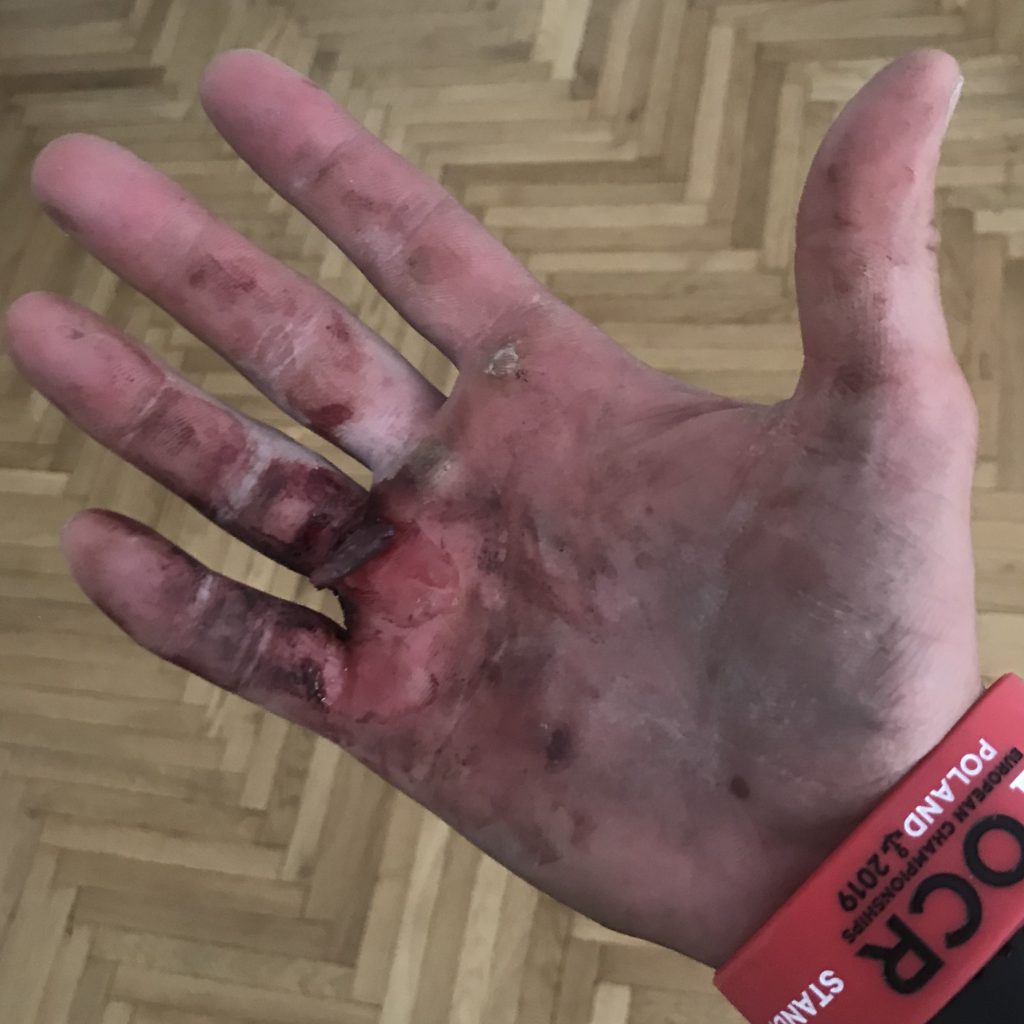
What do people think? Do you think the obstacle was well placed?
I’d like to thank the OCR European Championships for putting on a great race. It takes a lot of hard work. I hope the feedback feels constructive and that it continues to improve next year in Italy.
And finally congratulations to Aliaksandr Krauchanka from Belarus for winning my age group and to everyone who raced and supported from Team UK and our racers who made the podium.
Photo/video credits: Obstacle Mud Runner Magazine, Tom Wilson, Kate Stilwell and Eddie Whetton
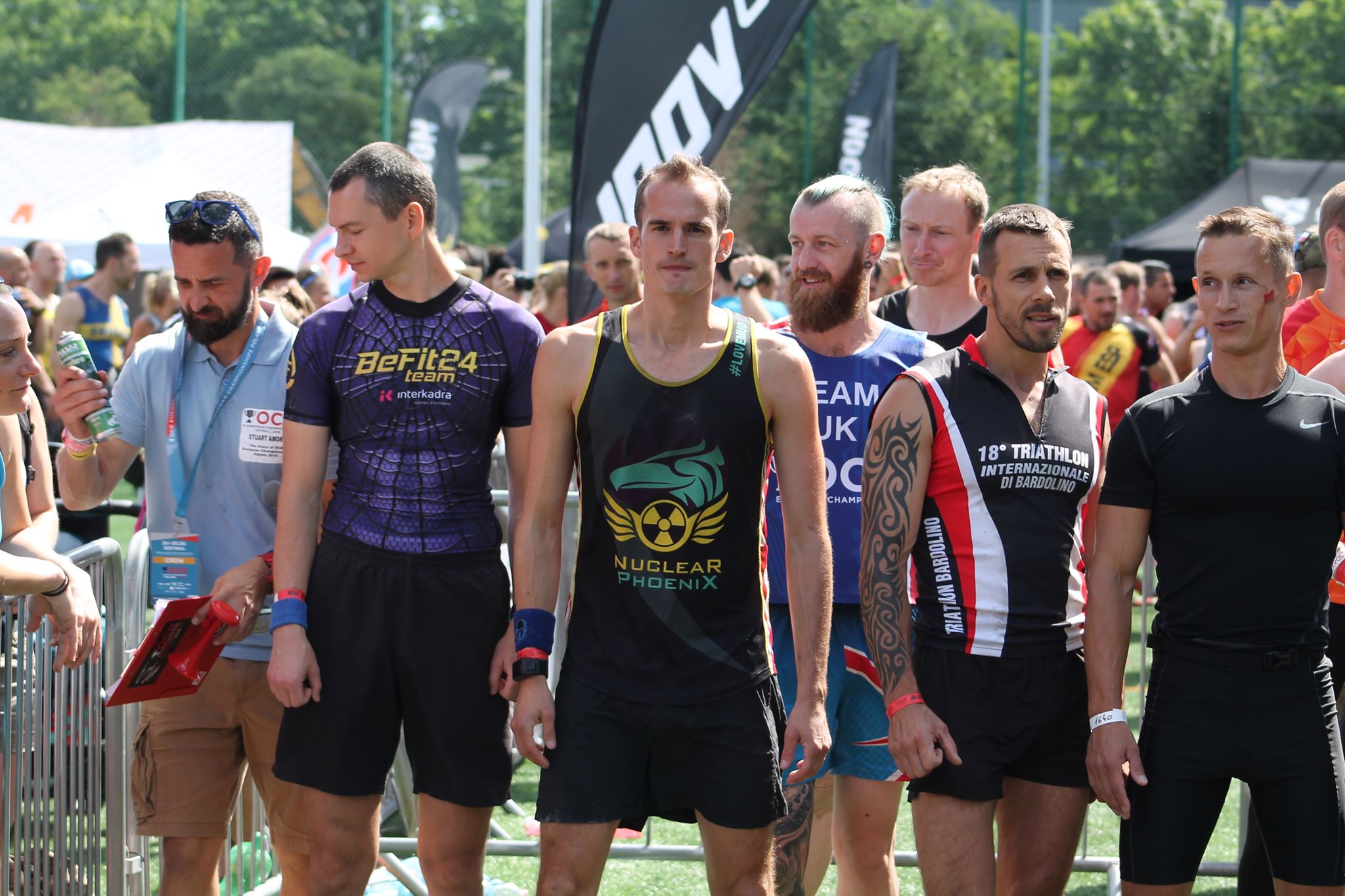
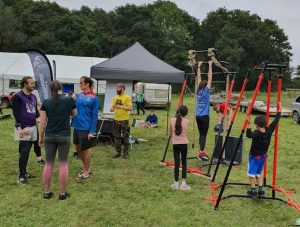
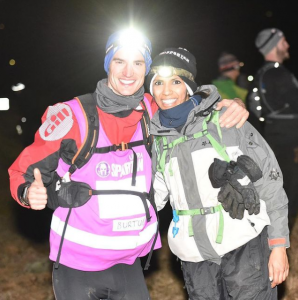
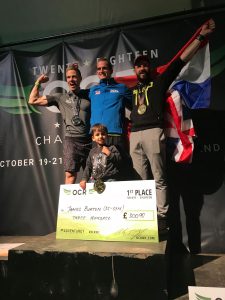
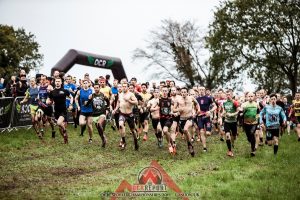
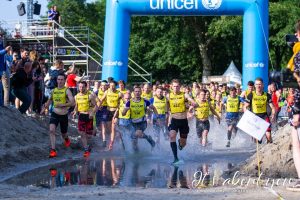
One thought on “OCR European Championships 15K 2019 Race Report”